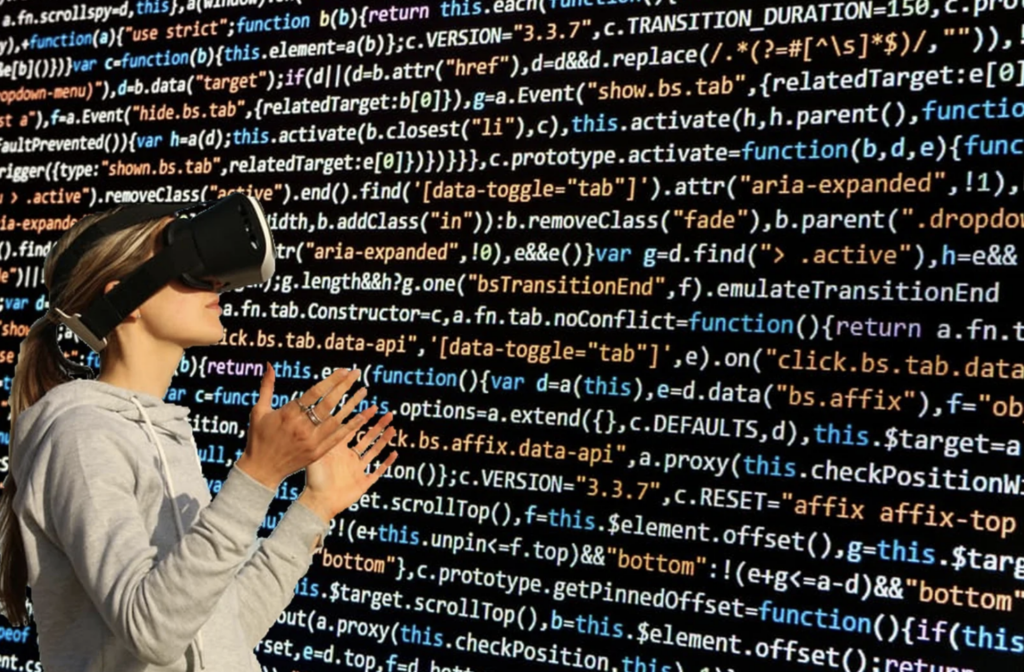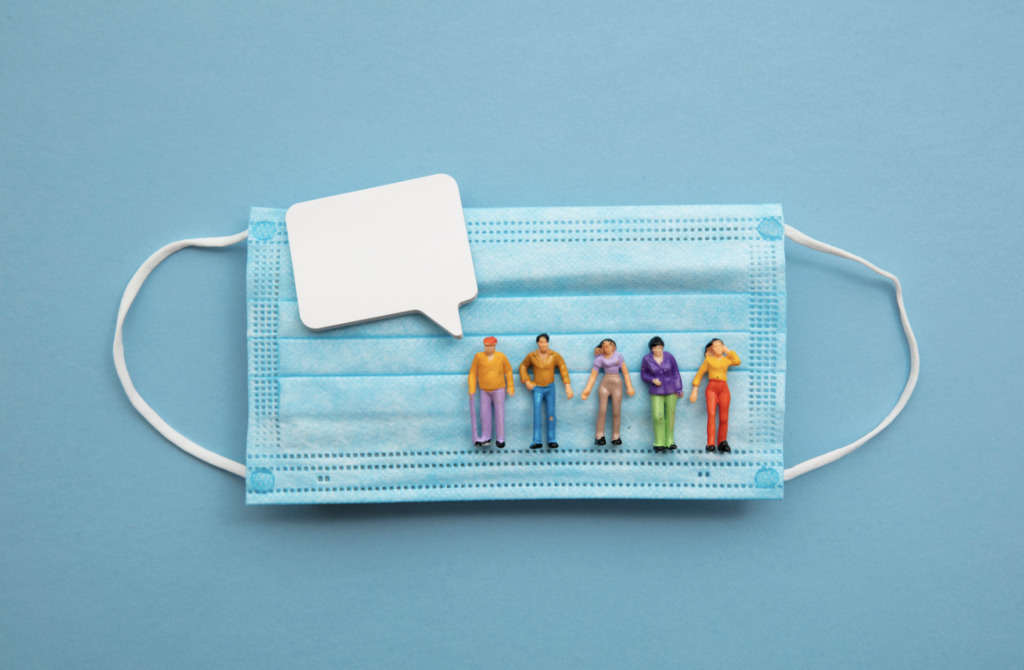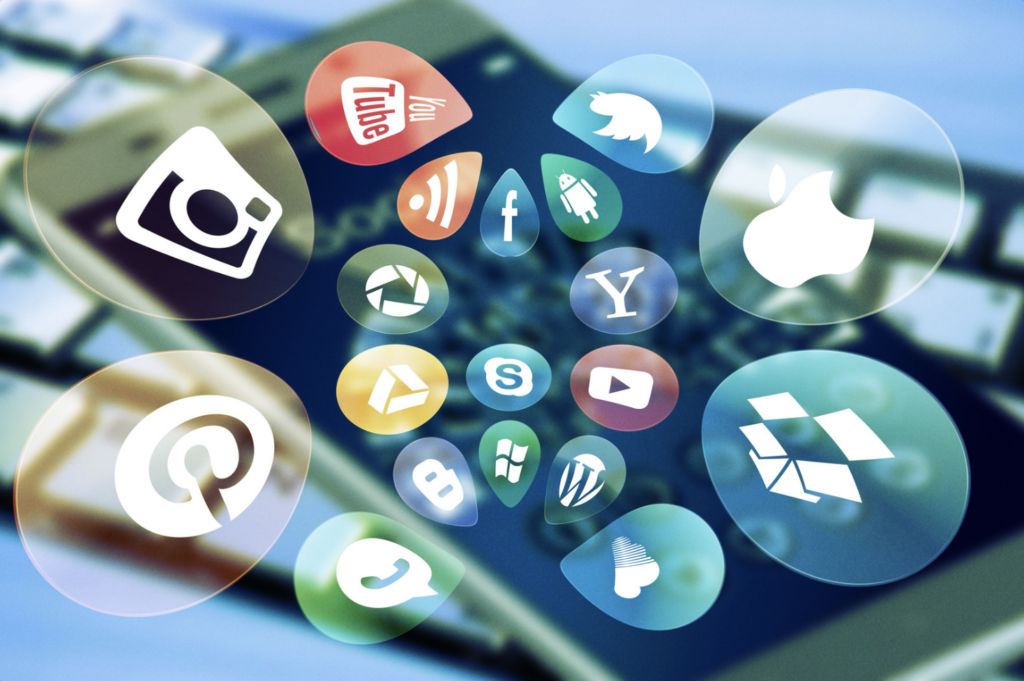Group Members:
Qiaoyang Pang
Jinwei Zhang
Jingjing Ding
Jiajing Sun
Group Contract for Collaboration

INTRODUCTION
What is PLN?
A personal learning network (PLN) is a network set up by an individual specifically in the context of its professional activities through online platforms to support its professional non-formal learning needs.
What is the effect of PLN?
- From a personal perspective, it supports professional career development and growth.
- From an organizational perspective, the network is important for innovation, and when dealing with business priorities, it is essential for connecting new trusted partners.
Building A Personal Learning Network (PLN)
Key characteristics of social media platforms
Twitter, WordPress, YouTube and Tiktok.
These four social media platforms can represent four platforms. Twitter is a popular social networking platform where users can tag, comment, private message and discuss posts with simple actions, users can post their latest news and thoughts as mobile phone messages and can easily communicate and connect with others.
WordPress is a blogging platform for recording, reflecting, storing and presenting. WordPress supports direct HTML editing for post editing, so users who do not know HTML can easily get started with editing. WordPress is also unique in its compatibility, as it allows edited documents or links to videos from other websites to be published directly on, which makes blogging very easy. WordPress also supports fully customisable templates, which allow users to add their own ideas to the blog; in addition to this, there are a large number of WordPress theme templates available on the site so that users can use them for free.
YouTube is a platform that puts videos on top of text messages, allowing users to upload, watch, share and comment on them, Youtube can generate subtitles by recognising the language of the video and can translate them into their own language. TikTok is a completely different platform, using mainly short videos to present various forms of thoughts and ideas. It has the functionality of YouTube but minimises the space for text and puts more focus on video and audio. TikTok provides a passive viewing experience for its viewers, while YouTube provides an active viewing experience for its viewers. TikTok videos do not require a lot of equipment, just a smartphone camera. YouTube videos, however, require a number of specialist setups, including cameras, microphones, lighting and good editing skills.
Features of existing media technologies effective for individual learning
Through a variety of different social platforms, teachers can work with students to integrate social media into their daily teaching, making lessons more interesting and engaging and increasing student engagement. The open forum of social media, and the rapid development of information sharing it facilitates, means that students can somehow accelerate their development of creative, critical thinking and communication processes when using it.
Social media promotes self-directed learning and prepares students to find answers and make independent decisions. When reinforced in the classroom, these social media skills can be coached and refined to produce better learning outcomes and critical awareness.
Social media is more meaningful than traditional learning, whether it is through shared posts with commenting capabilities, surveys related to course material, or questions posed to the community that are ways to motivate students and thus shape and present information.
In addition, sharing posts and information with other students, rather than simply turning in assignments to the teacher, can promote deeper engagement and better performance (University of Arizona Global Campus, 2021).
Enhance/develop your digital identity/reputation by technology
Traditional learning is usually one way. The instruction teaches students by instilling and providing knowledge, concepts, and information related to the course to students. It is the most common form of learning that the learning relationship is between the instructions. If the instructor asks a question during the lecture, a single student or multiple students would answer the question in turn. The traditional form of learning does not only apply to face-to-face learning but also to many online learning programs. The dynamics do not change as the learning relationship, and most interactions are between the instructor and the student. In this case, students are forever taking the student role. There is no minimum digital identity establishment, as it does not matter. However, the situation is different in a flipped type of classroom. Students are more engaged with learning through a higher level of interaction among themselves (Gouia and Gun, 2016).
However, big data and social media technologies enable people to be more engaged with their online presence. They can leave their digital footprints by liking other people’s posts, blogs, twitters, and sharing, sharing their moments, and posting their own pictures and stories. It is transitioning their physical self to their digital self (University of Derby, 2016). Digital identity and reputation are greatly enhanced. It helps with a flipped form of learning style that students interact with other students in learning. With the help of big data and social media platforms, students establish their digital identities and use them to interact with each other in the flipped-style learning process.
\
Through some of the technologies we have discussed above, there are various social considerations that should be accounted for. The first social consideration is accessibility. To promote equality in learning opportunities, the first thing to be guaranteed is accessibility. Although online learning can help eliminate many restraints, including physical barriers, and reduce costs by eliminating commute and travel needed to attend lectures, the digital divide can cause underprivileged students from participation in learning. Even for the wealthy and developed regions like the State of California, broadband internet connection is not available to all. “Broadband access was lower among low-income (57%), Black (61%), Latino (67%) K–12 households and those headed by non–college graduates (67%)” (Gao and Haynes, 2021).
Another social consideration is addiction to social media. Social media technology often uses addictive design, and users spend more and more time on social media platforms. Their physical life, in comparison, becomes plain and dull. Students may become addicted and spend more and more time online using social media platforms. A study (2017) demonstrates that social media usage can induce anxiety among emerging adults (Vannucci et al., 2017, p.163). Students who spend a long time on social media platforms are likely to express anxiety symptoms. Instead of facilitating learning, the technology can deliver adverse effects on the learning process.
Benefits Technology Tracks bring to PLN
Technology Tracks — Big Data
Big Data is a collection of data that is huge in volume, yet growing exponentially with time. It is data with such large size and complexity that none of traditional data management tools can store it or process it efficiently. Big data is also data but with huge size. (David, 2022)
A Short Video on Understanding Digital Tracking
This video includes information on:
- Why websites track browsing activity
- How cookies work
- Avoiding cookie tracking
Every time we use the Internet, our behaviors are all recorded by big data. Some businesses and Internet companies save data or cookies to our browsers to track our behavior. In addition to cookies, many websites use our user accounts to track browsing activity. When we use apps or browse websites, we will find that the content we browse is what we are interested in. For example, video websites/apps like YouTube and Tiktok track our account preferences and push more videos we might like; Search engines like Google and Baidu keep track of your cookies. Then you will see relevant ads on various websites. That’s the power of big data.
Behavioral technology tracks a user’s behavior on the Web, including sites visited, length of visits, content read, and searches made. The main benefits are three:
- Push relevant learning content to help personalized learning
When learning, we will search for many words related to the learning content on the search engine. Because of browser tracking, search engines log our browsing history and push more relevant content to us. This saves us a lot of searching time. Besides, we can also see the speech of relevant people on some social media, which can not be learned in the classroom. At the same time, technology tracks can help us develop personalized learning. Each learner has different abilities, languages, cultures, genders and ages. Technology tracks do a great job of addressing issues of inclusion and diversity. For example, when a deaf person searches for a video, more videos with gestures or subtitles are displayed. Youtube has an automatic translation into different languages so that people in every country can learn the video content, regardless of the language differences. When using search engines, cookies will allow us to search for more learning content related to our culture.
- Take classes from professionals for free
PLN is not limited to a single website, Google+, Facebook, Pinterest, and Youtube can all become our PLN. Nowadays, we can find our field of interest on many websites. In the past, learning usually required high tuition fees. Still, some free courses have gradually appeared on the Internet in recent years, and some famous scholars and universities set up these websites. It will help higher education institutions save costs, provide a better learning environment for learners, and assess the quality of learning. And most of the classes are free.
- Open stax college
It was founded by Bill and Melinda Gates, is an organization dedicated to helping students gain better access to learning resources. On this website, we can find textbooks from different countries and download them for free.
- edX
edX was founded in 2012 by Harvard University and the Massachusetts Institute of Technology as a MOOC course provider and online learning platform. Partnering with more than 130 well-known institutions, it offers more than 2,000 online courses.
URL: https://www.edx.org/
- MIT EDU
MIT offers 2,400 open courses to the public. These open courses cover almost every subject and are available for free.
URL: https://ocw.mit.edu/
We can search for what we want to learn directly on these websites; these online courses are not just video teaching. It will have weekly schedules and quizzes, and you can email questions to the teacher at any time. At the same time, you can discuss with other learners in small groups to build your PLN. You will be asked to submit assignments and exams at the end of the course to assess your learning.
- Meet professionals and make friends with like-minded people
When we use social media, we often search for topics using hashtags. These hashtags can lead us to join a discussion group in which people will be interested and post their works and opinions. We can meet people who have the same interests as us and discuss with them on social platforms. At the same time, in these topics, the website will recommend influencers in relevant fields or people who are also interested in this field. We can also get to know more professionals or leaders in this field through this method and timely get the latest information.
The Pros and Cons of privacy, security and acceptable use policies for social media platforms
The current era is an information age and an age of data. Much information is exchanged and organized to form an extensive database. When we browse the Web or use specific software, cookies and privacy rules appear.
More than 120 countries have enacted some form of international privacy law for data protection to ensure that citizens and their data are more tightly protected and controlled. These data protection laws will evolve in response to advances in the Internet age.Data protection ultimately focuses on protecting data and information from both internal and external threats. It mitigates the risks of fraud, compromise and corruption, and protects the individual. (Thales, 2021)
The weakness is that these security systems still have holes in them. Some computer-savvy hackers write and manipulate computer code to gain access or install unwanted software on your computer or mobile phone for financial purposes. They will sell personal information to some companies. Your personal information may be sold for $0.10! Unfortunately, if your personal information is sold to a scam company, you may receive a stolen credit card because of an email; They may fake your identity to defraud family and friends of their money, so you are in a very awkward position. Your reputation and money will suffer.
In addition, we need to pay attention to what is said on public platforms because everyone will see your speech unless you make it visible only to yourself. For example, someone lost their job because of something they posted on Facebook. What he said might have been his own opinion or aimed at someone, but it accidentally went viral and was subjected to online violence.
Therefore, when using the Internet, although there are international privacy laws to protect your privacy, you should also have an awareness of protecting your privacy. Don’t click on odd websites and emails, don’t give out your personal information and location, delete your credit card information promptly and watch what you say on social media.
PLN Leaders in Economics
John is a data reporter, and he uses numbers to tell stories. He is a senior data visualization correspondent for the Financial Times and a lecturer at City University, London. His Twitter account is constantly updated with his latest posts of exciting links and professional data about the economy.
Geoff Riley has taught economics for over thirty years and is a writer and speaker at CPD conferences in the UK and overseas. He posts a large number of his articles on tutor2u for PLN learners. Many of the best resources and activities are free.
John uses Twitter and posts links or data that appear to be quick pieces of news frequently. These kinds of news pieces are convenient for people to subscribe and follow, which can be great resources for people in economic fields. John builds his presence in the topic of economy by using his position and access to the newest and heated points, and sharing them in short pieces of posts on Twitter that match the reading habits of people. The algorithm that recommends popular Tweets to the users of interest also help John’s building of his reputation on this platform by detecting the “interesting-ness” of the Tweets he sends and what he send would interest a considerable group of people because of his timely information of the newest topics and ideas of this field.
Geoff, being quite different from John, builds his reputation and presence on Tutor2u with resources that are more in depth, thoughtful and educational. While John shares the newest and heated topics, Geoff provides systematic knowledge in his field. He uses his profession as an advantage and transfers it into readable, systematic and useful learning resources to attract the attention of people who are interested in the field. The algorithm used here is probably the automatic search engine that detects the keywords in the learning resources of Geoff’s which would be sent to people who search for information that are taught in these resources.
Building a Successful PLN
One simple way to judge whether one’s PLN is a success is to see whether it is popular and gets attention from people who are interested in the same field. Another way to judge it, which is more subjective, is to see whether the creator of the PLN could actually gain from the PLN. It could be the efficiency in getting information they need for research, people that may be helpful for their research or study, or constant updates of new information and development of the fields that the creator is interested in.
Ultimately, the success of a PLN can be very subjective and personal because the most suitable person to judge a PLN is the creator of this very PLN. A PLN is a tool for one to benefit from in study, research or work, and only its creator can judge whether they could benefit from it. However, the aspects of a PLN that we have learned from the course EDCI338 could be standards that one can use to evaluate his/her PLN. Always think of one’s field of interests, purposes and goals for using the PLN and remember that it is an ongoing process rather than a tool with a universal standard.
Reference
Aditya Malik. (2021, January 19). Key benefits of using Big Data Analytics in higher education. BW Education. Retrieved from http://bweducation.businessworld.in/article/Key-Benefits-Of-Using-Big-Data-Analytics-In-Higher-Education/19-01-2021-367186/
Taylor, D. (2022, October 1). What is big data? introduction, types, characteristics, examples. Guru99. Retrieved from https://www.guru99.com/what-is-big-data.html
Adebiyi Adefisan. (2018, March 9). The Pros and Cons of Social Media Security. LinkedIn. Retrieved from https://www.linkedin.com/pulse/pros-cons-social-media-security-adefisan-acma-ceh-cisa-itilv3-/
Beyond GDPR: Data protection around the world. Thales Group. (2021, May 10). Retrieved November 21, 2022, from https://www.thalesgroup.com/en/markets/digital-identity-and-security/government/magazine/beyond-gdpr-data-protection-around-world
Internet safety: Understanding browser tracking. GCFGlobal.org. (n.d.). Retrieved from https://edu.gcfglobal.org/en/internetsafety/understanding-browser-tracking/1/
Gao, N., & Hayes, J. (2021). The digital divide in education. Public Policy Institute of California.
Gouia, R., & Gunn, C. (2016). Making mathematics meaningful for freshmen students: Investigating students’ preferences of pre-class videos. Research and Practice in Technology Enhanced Learning, 11(1). https://doi.org/10.1186/s41039-015-0026-9
Vannucci, A., Flannery, K. M., & Ohannessian, C. M. C. (2017). Social media use and anxiety in emerging adults. Journal of Affective Disorders, 207, 163–166. https://doi.org/10.1016/j.jad.2016.08.040
University of Arizona Global Campus Staff Member. (Dec 9,2021). Using Social Media for Learning https://www.uagc.edu/blog/using-social-media-as-a-learning-tool
YouTube. (2016). Eric Stoller – What is Digital Identity? YouTube. Retrieved November 21, 2022, from https://www.youtube.com/watch?v=u0RryRbJza0&ab_channel=UniversityofDerby.
YouTube. (2017). Social Media Anxiety. YouTube. Retrieved November 21, 2022, from https://www.youtube.com/watch?v=iw9phrtO-C8&ab_channel=Psych2Go.





Recent Comments